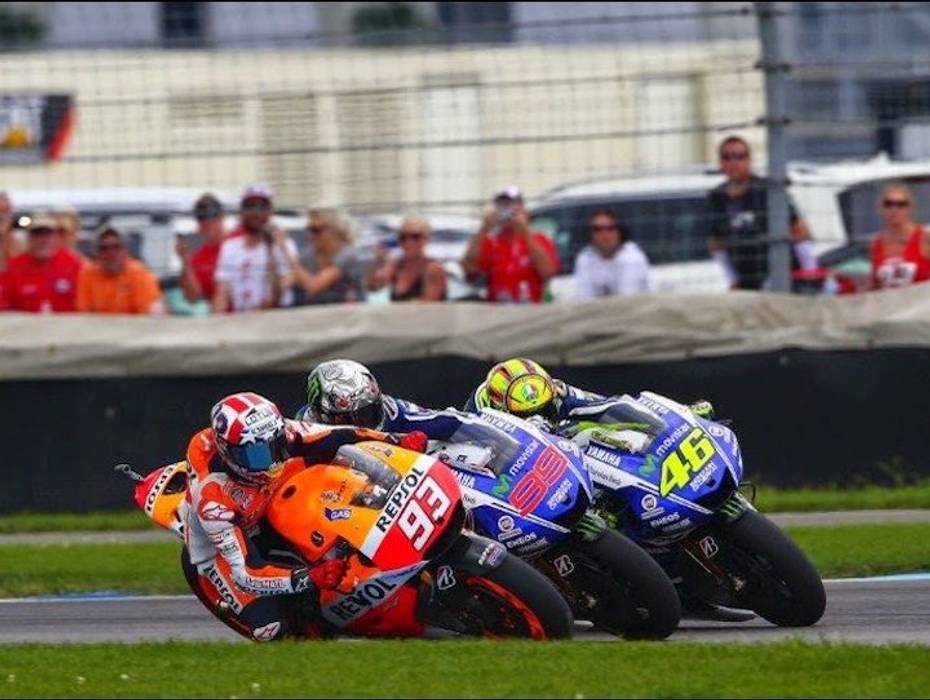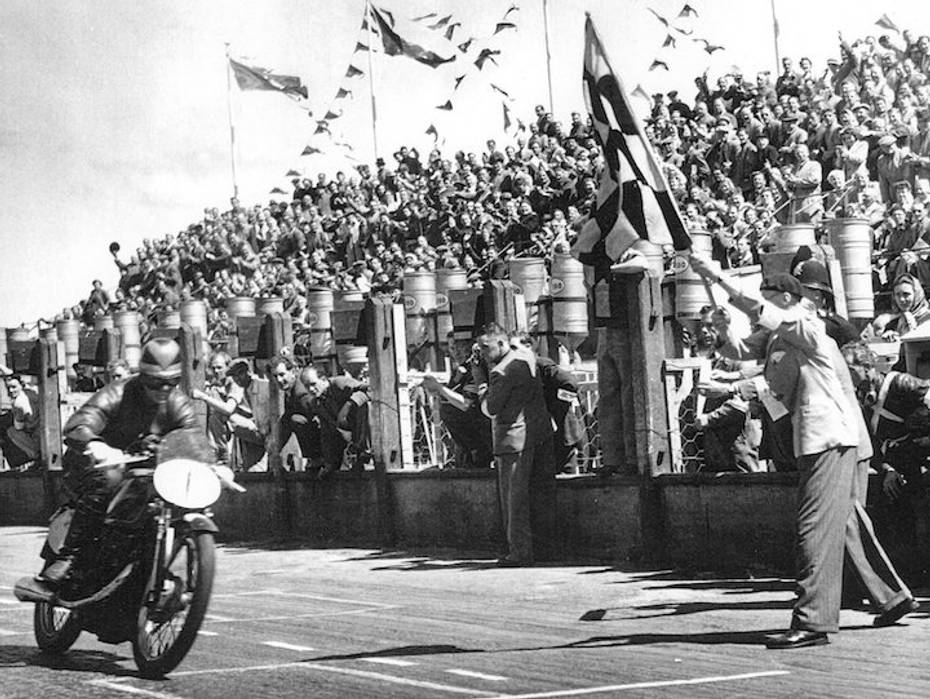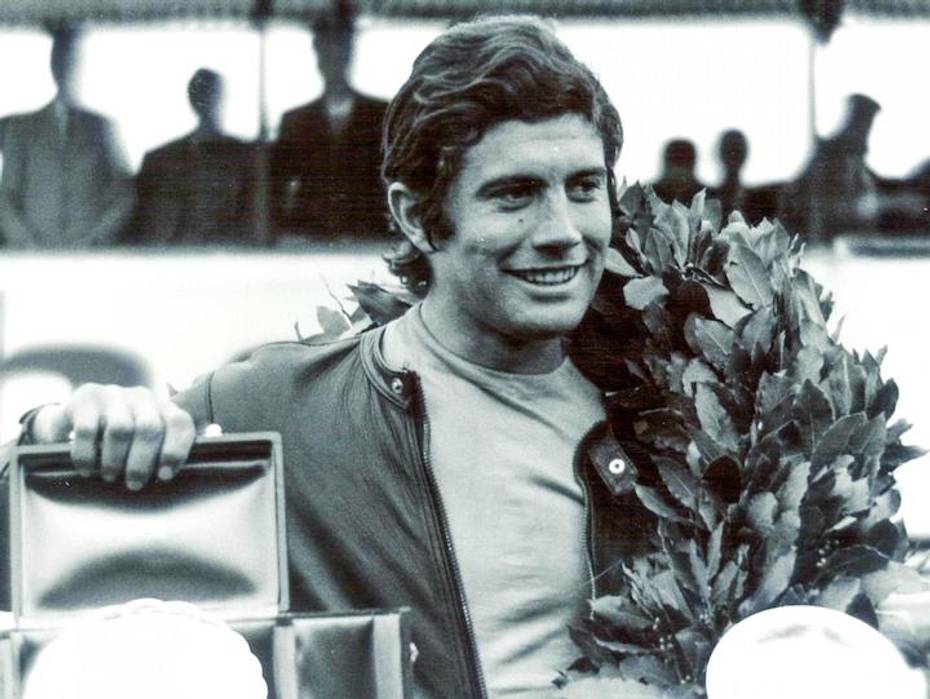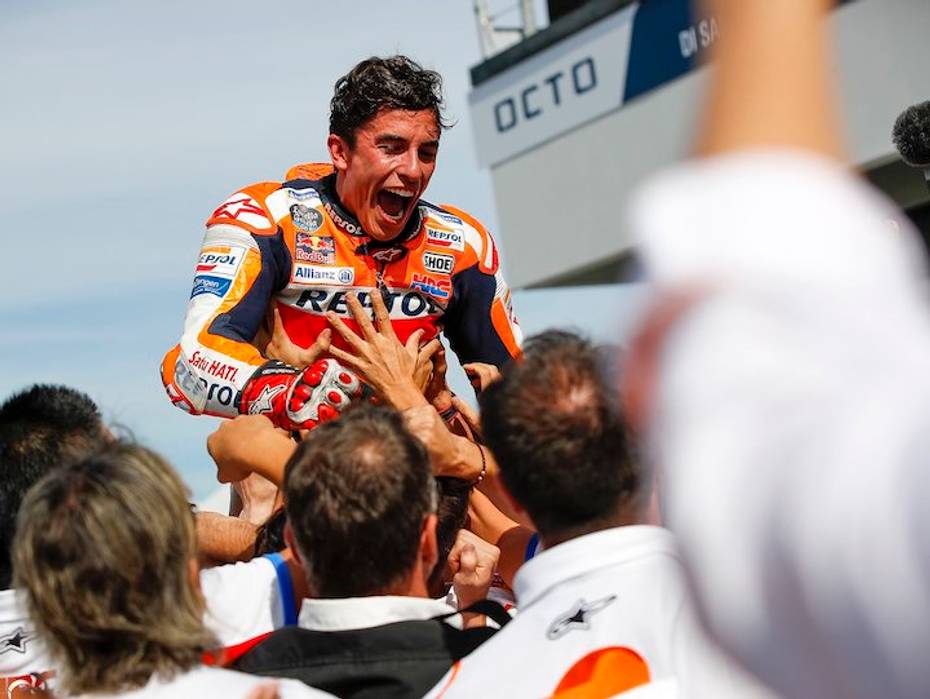
The 2025 Ather 450 Put Through An Insane Track Attack Challenge...
- Jan 4, 2025
- Views : 125482


In just a month from now, one of the most spectacular racing championships ever conceived will finally resume its season after its opening round was partially run in Qatar on March 8.
Motorcycles in excess of 250bhp, piloted by some of the fittest (probably some of the craziest too) athletes in the world will get the 2020 FIM MotoGP season underway in Austria on July 19.
What is it?
Running since 1949, the FIM Road Racing World Championship Grand Prix is to motorcycles what Formula 1 is to cars. The pinnacle of circuit racing for prototype racing motorcycles has had a long and colourful history. The cast of characters has included both the greatest riders and manufacturers that have used the series to build their reputation on racing success.

Starting with four classes -- 125cc, 250cc, 350cc, 500cc and sidecars -- in its inaugural season, MotoGP has seen periods of dominance by riders from Italy, Great Britain, the United States and Spain. In aggregate terms, Italy and Spain account for the most number of titles won, with 79 and 52, respectively. Italian riders have won 20, the most number of premier class/500cc titles, while Spain has only recently started to make inroads. A Spanish rider won all but one of the premier class titles in the last decade.

It was a period of domination similar to the one the American riders enjoyed from 1983 to 1993 with the 500cc title for all but one year. Italy’s Giacomo Agostini holds the record for having won the most premier class titles at eight, with compatriot Valentino Rossi just behind at seven. Of late, Spain’s Marc Marquez has won six premier class crowns since his debut in MotoGP’s top category in 2013.

Honda and Yamaha are by far and away the most successful manufacturers in MotoGP with the two Japanese marques accounting for 71 and 47 titles across different categories, respectively. Honda also tops the table of premier class titles at 25 while Italy’s MV Augusta is second at 16, followed by Yamaha at 14. No other manufacturer comes close to these three.
How is it run?
Moto2 and Moto3 are the support events for MotoGP and each class runs a full three-day race weekend with four practice sessions (three for Moto2 and Moto3), qualifying and a sprint race lasting no more than 45 minutes. The fastest times over the first three practice sessions -- 45 minutes for MotoGP, 40 minutes for Moto2 and Moto3 -- decide which riders get to participate in QP1 or QP2.

The QP1 qualifying session is set aside for riders who set the ten fastest times over the course of the three practice sessions. Riders placed 11th and lower take part in QP2, in which the two fastest riders get to join the riders already in QP1. MotoGP riders get a fourth free practice session before their two qualifying practice sessions.
Pre-race warm up sessions precede the sprint races for all three classes in which riders are not allowed to pit for tyres or fuel. The exception to this rule is wet weather races where riders pull into the pits and hop on board a bike that is already fitted with intermediate or wet weather tyres.
All three classes award points to the top 15 finishers on a 25-20-16-13-11-10-9-8-7-6-5-4-3-2-1 basis.

The 2025 Ather 450 Put Through An Insane Track Attack Challenge...

2025 Ather 450 Incoming: Here’s What It Could Be Capable Of

TVS Apache RTX 300 Adventure Bike Unveiled At Auto Expo 2025

2025 Suzuki Access 125 Launched At Auto Expo 2025

2025 Bajaj Pulsar RS200; Launch In Next Few Days

Hero Xtreme 250R Same Price Other Options: Auto Expo 2025

Upcoming 2025 Bajaj Pulsar RS200 Teased Again

TVS Jupiter CNG Scooter Unveiled At Auto Expo 2025

Suzuki E-Access VS Suzuki Access 125 Petrol : Differences Explained
India's largest automotive community
 Triumph Speed Twin 1200
Rs. 12.75 Lakh
Triumph Speed Twin 1200
Rs. 12.75 Lakh
 Keeway K300 SF
Rs. 1.69 Lakh
Keeway K300 SF
Rs. 1.69 Lakh
 2025 Honda Activa
Rs. 80,950
2025 Honda Activa
Rs. 80,950
 Royal Enfield Scram 440
Rs. 2.08 Lakh
Royal Enfield Scram 440
Rs. 2.08 Lakh
 Honda Livo
Rs. 83,080
Honda Livo
Rs. 83,080